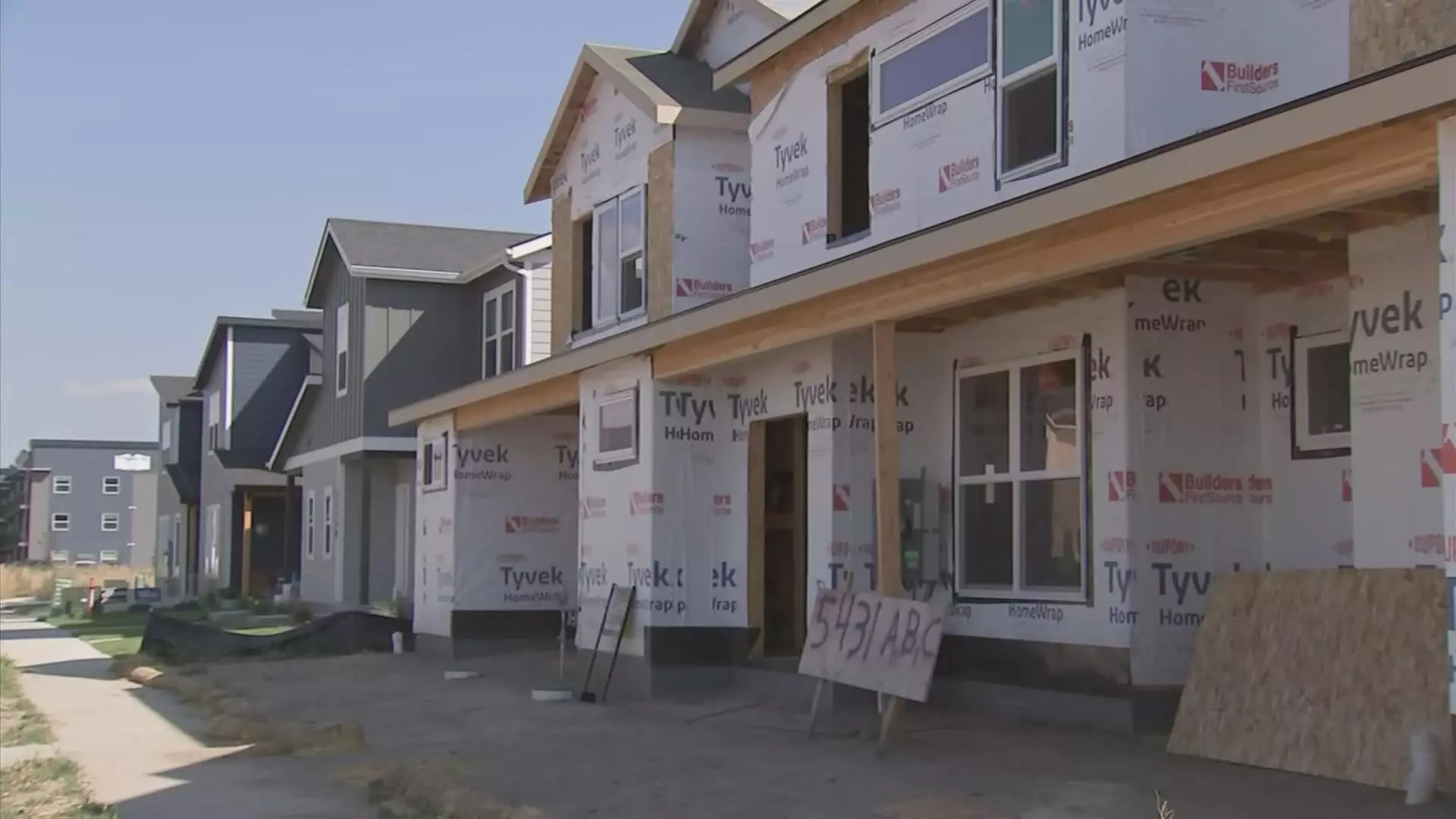The rapidly increasing housing prices in Montana have sparked a heated debate at both community and legislative levels. In areas like Missoula, new residential structures such as condos and duplexes have emerged in a bid to address the urgent need for affordable housing. DJ Smith, the president of the Montana Association of Realtors, has voiced concern over how harder finding affordable housing has become for local residents. The compelling dilemma of supply and demand in this picturesque state has raised questions not only about local life but also about broader political ramifications as upcoming elections loom on the horizon.
As the state of Montana has become a hotspot for out-of-state residents escaping expensive urban centers, the demand for housing has skyrocketed. People from higher-cost areas like California and Colorado relocate here with cash from their property sales, inadvertently pushing up the market prices in a state that has long been celebrated for its affordability. Tester’s campaign, which emphasizes housing issues, serves as a reflection of what many Montanans feel: the culture and community fabric are being jeopardized by an influx of wealthier individuals.
Political candidates are well aware of the sentiments surrounding this crisis, and how deeply it resonates with the electorate. Jon Tester, the incumbent Democratic senator, faces an uphill battle for re-election and has identified affordable housing as a major plank in his platform, highlighting concerns about the rising trend of wealthier buyers altering the landscape of the state. The consequences are real and severe; long-time residents find themselves priced out of the neighborhoods where they grew up.
Statewide, housing prices have surged—a staggering 66% increase over the past four years—much higher than the national average. The ramifications go beyond fundamental home-buying dilemmas; they directly affect economic stability and growth in Montana. Tim Sheehy, the Republican contender for Tester’s seat, attributes this escalation to national economic policies and inflation fueled by the Biden administration. While it is one perspective, it fails to encapsulate the multifaceted causes of this crisis.
Certainly, inflation stings, but other influential factors must be assessed as well. Insufficient labor supply has turned into a bottleneck in the construction industry, complicating the endeavor to meet rising housing demands in Missoula and beyond. As Andrew Weigand, a local builder, points out, the shortage of subcontractors like plumbers and electricians adds additional upward pressure on costs. With an aging workforce in these trades, the construction pipeline shows signs of straining under increasing demands, further complicating Montanans’ access to affordable housing.
In confronting the urgent need for affordable homes, Tester has put forth several initiatives, demonstrating an understanding of the implications this issue has on voters. He has proposed grants to facilitate housing expansion and help families with necessary home repairs. Additionally, one of his more innovative ideas is a tax credit aimed at encouraging mobile home park owners to sell to local residents rather than developers who may transform the land into higher-end housing.
Conversely, Sheehy’s focus has been on providing longer-term solutions, aligning with the narrative that discussions around housing must consider education and labor readiness to pull more young people into the trades. His calls for expanding trade programs reflect a recognition that, without adequate craftsmen and women to build homes, any expansion of supply will fall short of meeting rising demand.
While these political debates unfold, it is also critical for community voices to be prioritized. Local organizations and resident coalitions possess unique insights that could inform more effective solutions to the housing crisis. Gaining community input can lead to more tailored approaches that respect and preserve the distinctive culture of Montana.
Understanding that affordable housing is not merely a political talking point but a genuine concern for residents must drive both political agendas and grassroots initiatives. A collaborative approach involving stakeholders from various sectors—including local governments, nonprofits, and private developers—can potentially yield more substantive solutions.
As the narrative around affordable housing in Montana unfolds, it reveals an intricate interplay of challenges and opportunities. The increases in housing prices reflect broader national issues while uniquely intersecting local realities in Missoula and the rest of Montana. Whether through legislative actions or community-driven initiatives, addressing this crisis is paramount for preserving the state’s character and quality of life. With a thoughtful, multifaceted approach that involves politicians, residents, and local organizations, there may still be hope for the average Montanan seeking a home amidst rising costs.

